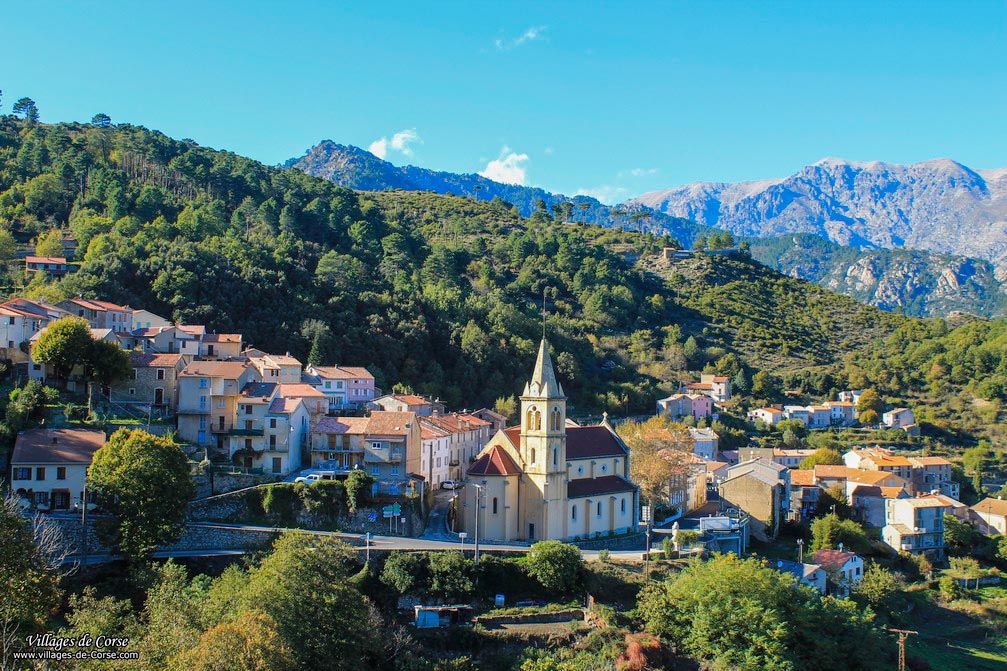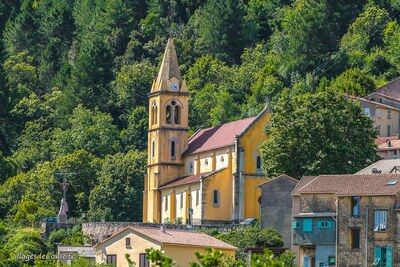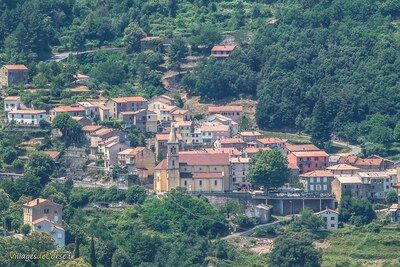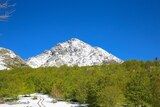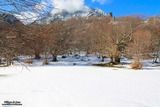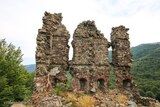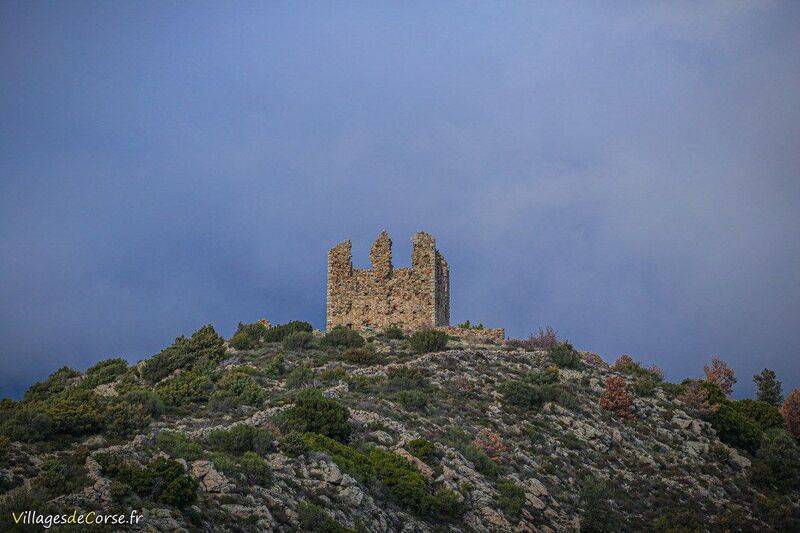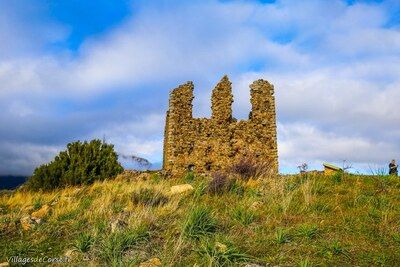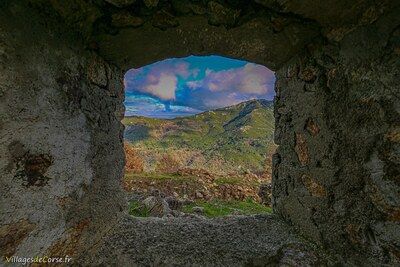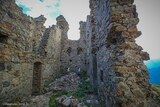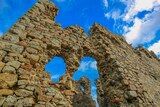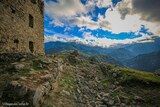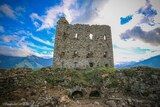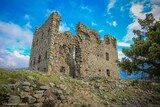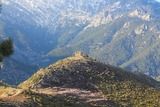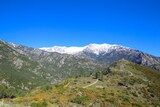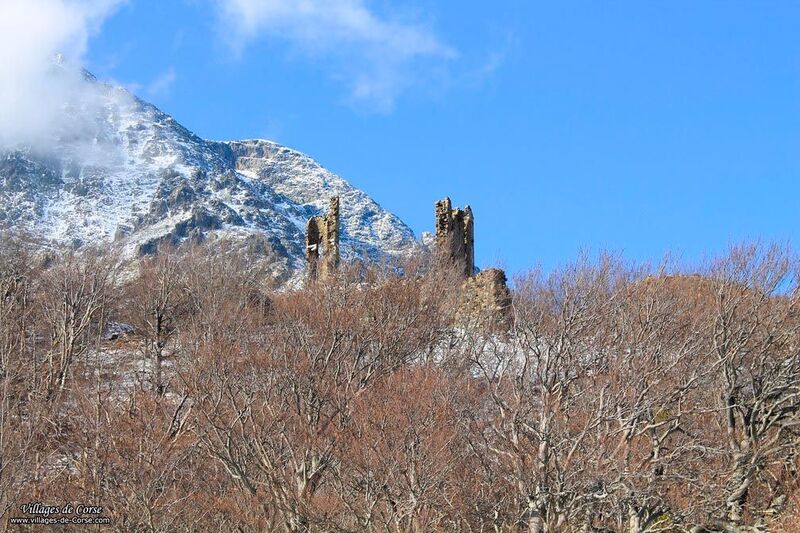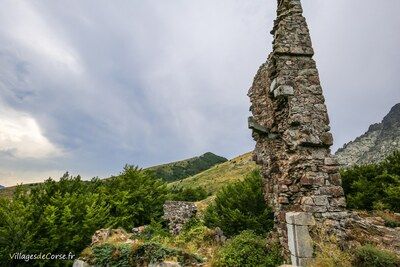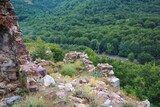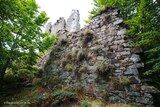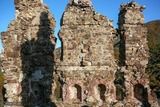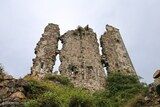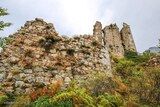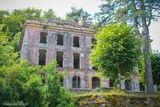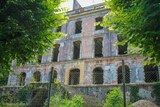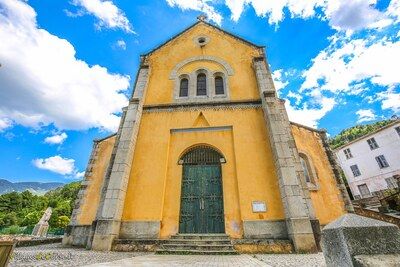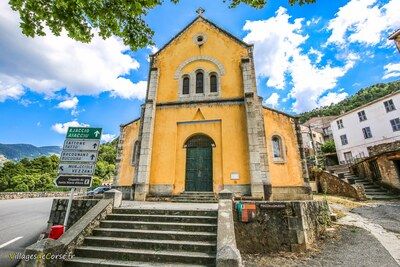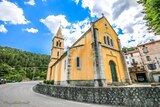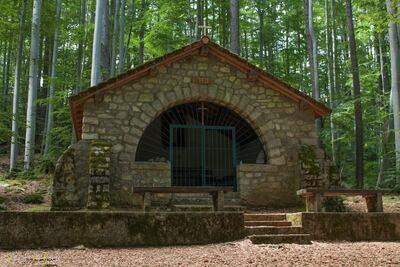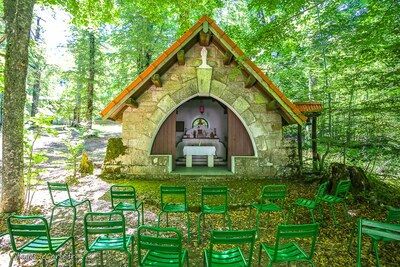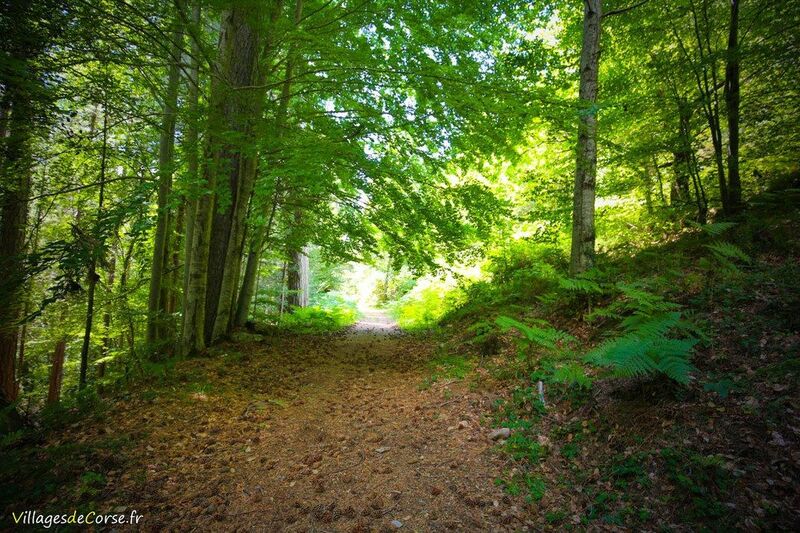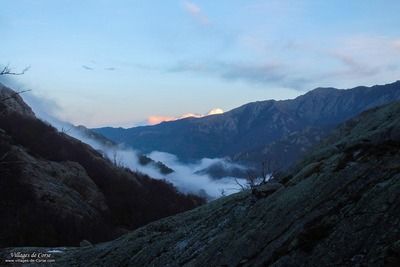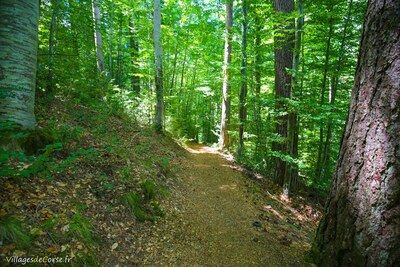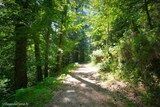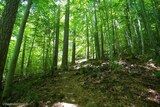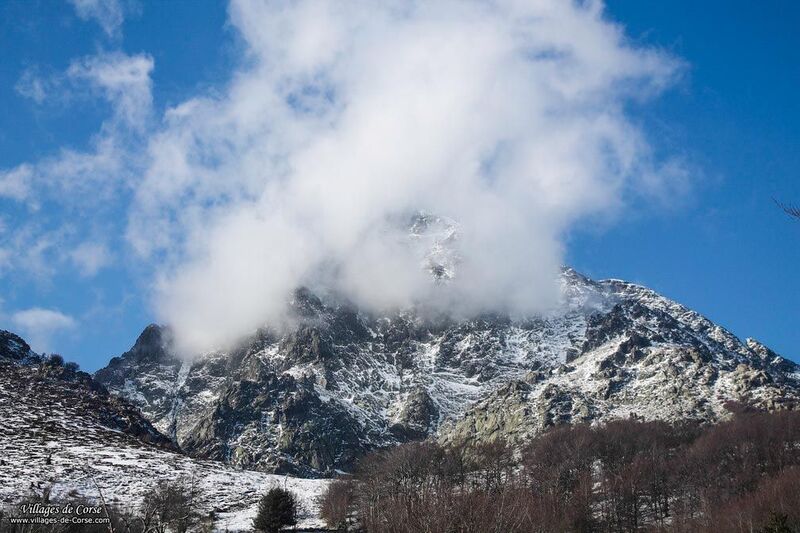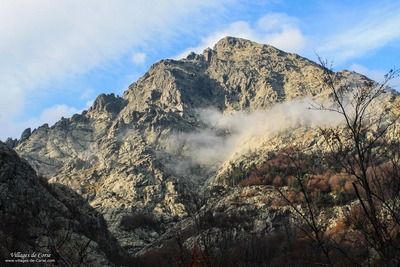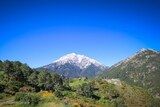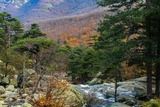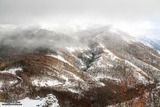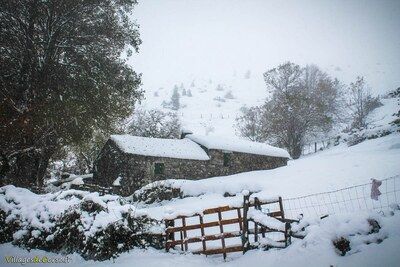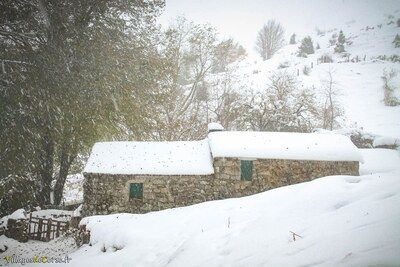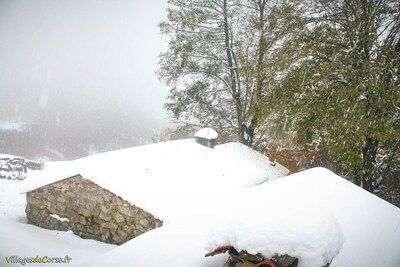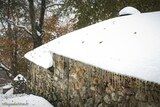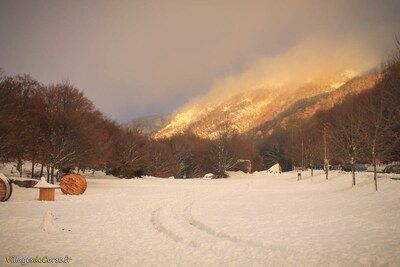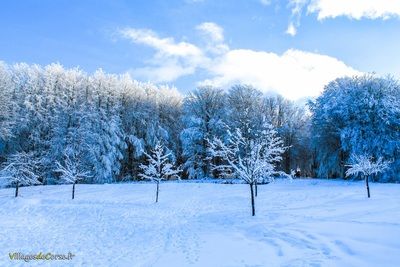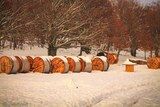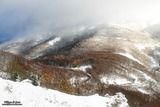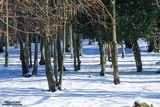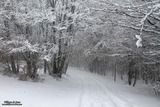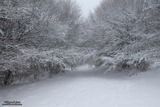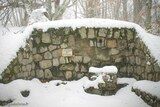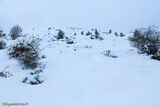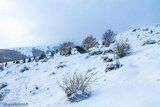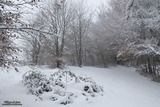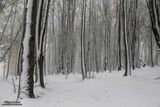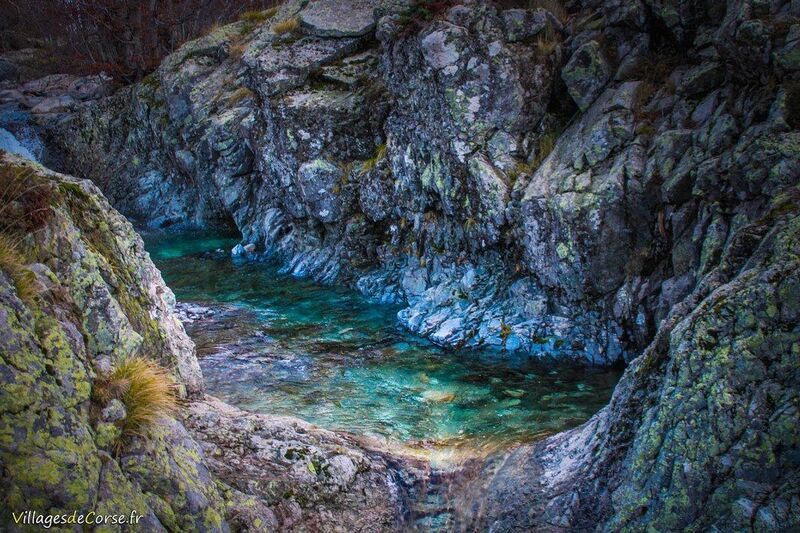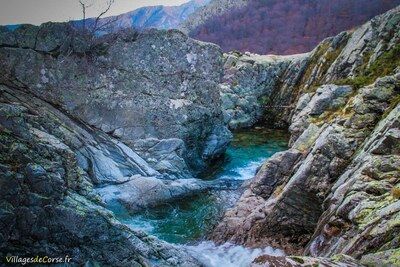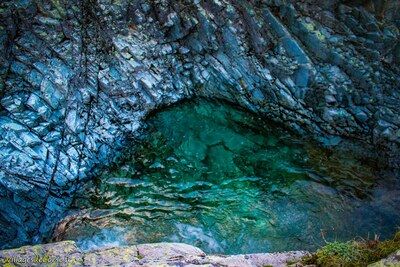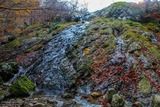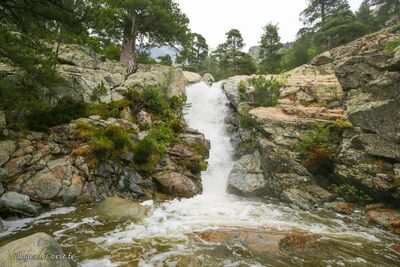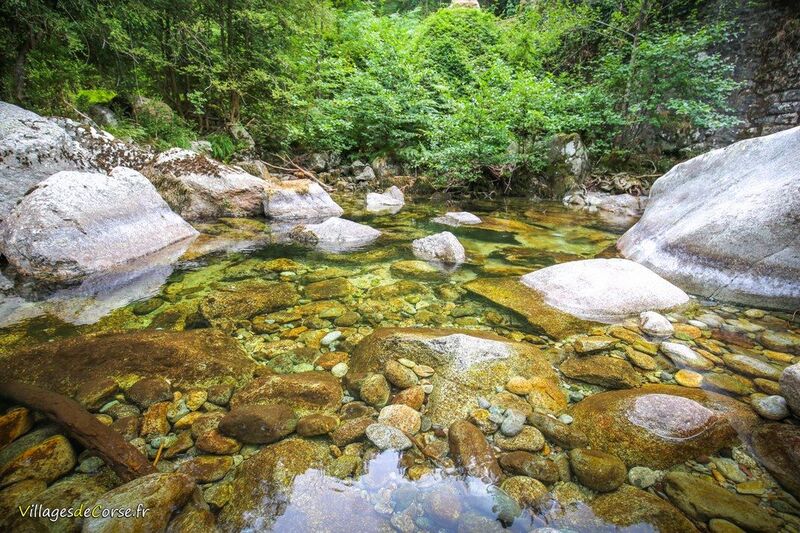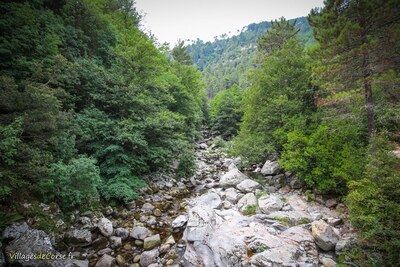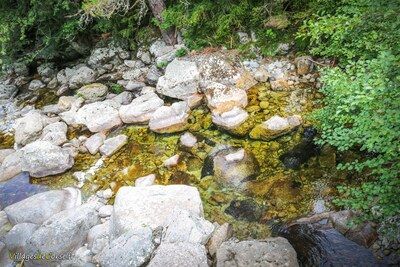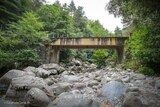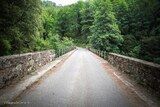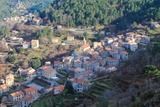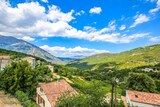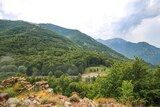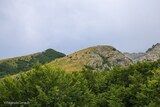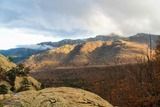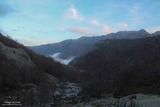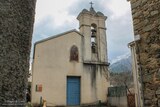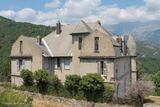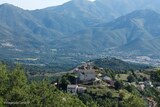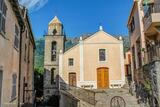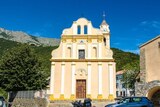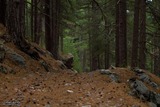- Villages
- Centre Corse
- Vivario
Vivario
Vivariu, 429 PopulationInsee Vivario 400 to 2390 meters 7928 hectares
To discover Vivario (Centre Corse) - Google Map

Sentier archéologique de ..
Forest
Exploring the Southwell Shelter

Cascade des Anglais
River
Cascade des Anglais through the Vizzavona Forest beneath the Monte d'Oro

Fortin de Pasciola
Heritage trail
Small hiking trail to the Pasciola Fort
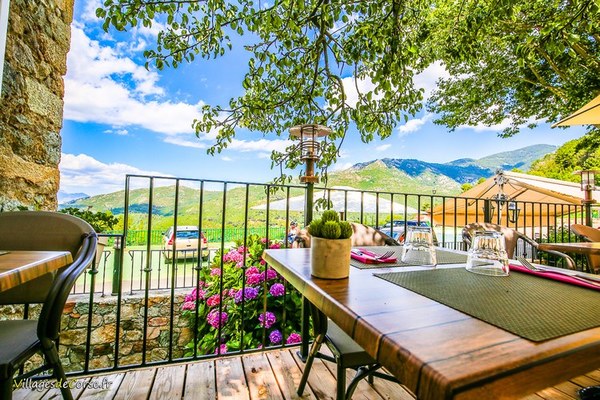
U Campanile
Restaurant
Restaurant with Traditional Cuisine and 5 Comfortable Rooms
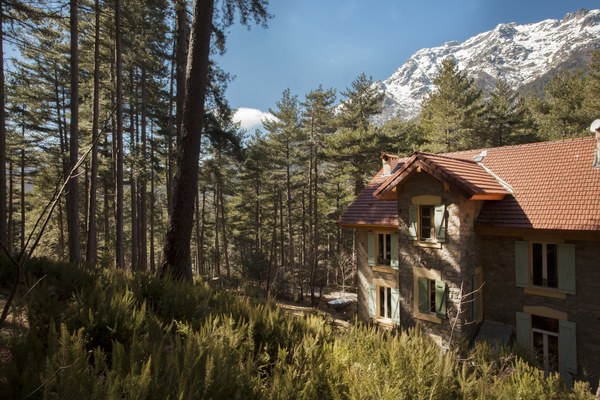
Casa Alta
Holiday cottage
Guest Rooms in Vizzavona - Homemade Breakfasts Included
Vivario (Vivariu in corso) è un comune della Corsica centrale che funge da confine naturale tramite il passo di Vizzavona tra l'Alta Corsica e la Corsica del Sud. Il comune comprende anche la maestosa foresta di Vizzavona, composta essenzialmente da pini laricio.
Monumenti storici
Forte di Pasciola
Il forte di Pasciola (anche scritto Pasciolo) fu edificato nel 1770 sulla sommità di un piton roccioso a 800 metri di altitudine, sotto il comando del generale De Vaux, nominato governatore della Corsica da Luigi XVI, un anno dopo la battaglia di Ponte Novu. Per contestualizzare, la Repubblica di Genova, indebitata verso il Regno di Francia, aveva appena ceduto la Corsica nel trattato di Versailles. Dopo l'occupazione genovese, la Corsica cambiò "proprietari", aggiungendo all'umiliazione di una popolazione scossa tra due potenze, che si ribellò sotto il comando di Pasquale Paoli. Il forte di Pasciola, così come quello di Vizzavona, fu edificato per controllare passaggi strategici utilizzati dalle truppe di Paoli, i "naziunali".
Distribuito su 3 livelli di 200 metri quadrati ciascuno, il forte di Pasciola poteva ospitare una cinquantina di uomini. Disponeva anche di una cisterna sotterranea di 90 metri cubi per il fabbisogno idrico. Fu trasformato in prigione per i corsi insorti dal generale Morand agli inizi del XIX secolo, sotto il Primo Impero.
Il Forte di Pasciola è stato classificato come Monumento Storico dal 1977.
Forte di Vizzavona
Il Forte di Vizzavona, o Forte di Vaux – dal nome del conte e generale francese Noël Jourda de Vaux – si trova a monte del passo di Vizzavona, a 150 metri a volo d'uccello dal parcheggio su strada. Il forte fu costruito nel 1772 sotto il comando del governatore della Corsica De Vaux, lungo il sentiero del passo di Vizzavona, come punto di controllo strategico a quasi 1200 metri di altitudine, di fronte al Monte d'Oro. Oggi, in stato di rovina, il forte è stato classificato come Monumento Storico dal 4 agosto 1996.
Grand Hôtel de la Forêt
Si tratta di un edificio imponente che nessuno si aspetterebbe di vedere nel cuore della foresta. Questo antico hotel, ora in rovina e abbandonato, situato tra gli alberi, conferisce al luogo un carattere austero e lugubre, pur costituendo uno scenario ideale per il cinema. Pericoloso per il pubblico, a causa della sua vetustà che comporterebbe troppo rischio per chi volesse avventurarsi al suo interno, l'edificio era chiamato giustamente il Grand Hôtel de la Forêt.
Fondato nel 1893, l'epoca coincide perfettamente con i primi turisti inglesi che, attraverso le loro visite, hanno lasciato un segno nella Corsica del Sud, da Ajaccio a Vivario, segnando le prime fasi di un'economia turistica.
L'edificio è lungo circa 30 metri e largo 15, con tre livelli che contengono una sessantina di stanze per una superficie di circa 1350 m². Sulla facciata anteriore si trova una terrazza accessibile tramite una doppia scalinata. All'interno, seppur in rovina, si trovano i resti di lavatoi e di una cisterna, risalenti a un'epoca in cui l'acqua corrente non esisteva ancora.
Monumenti religiosi
Chiesa di San Pietro Aux Liens
La Chiesa di San Pietro Aux Liens è situata lungo la strada territoriale 20, poco prima dell'uscita del villaggio in direzione di Ajaccio. È la chiesa parrocchiale del villaggio, spesso raffigurata nelle cartoline di Vivario; è lunga 35 metri, larga 17 metri, e possiede un campanile sormontato da un tetto a punta, aggiunto all'inizio del XX secolo con un orologio alla base.
Cappella di Notre Dame de la Forêt
La Cappella di Notre Dame de la Forêt si integra nella foresta di Vizzavona lungo la strada che sale dalla stazione di Vizzavona. Fu edificata nel 1880 utilizzando il legno dei pini laricio della foresta, e 50 anni dopo, su impulso dell'abbé Nicolaï, fu lanciato un appello per ricostruirla in pietra, secondo i progetti del Padre Robert, architetto divenuto sacerdote.
Il nuovo edificio, datato 1931 come indicato dal cartello sulla facciata, fu benedetto da Mgr Jean-Marcel Rodié nel 1933. Riposa su una lastra con piccoli gradini per l'accesso e due panchine in pietra.
Un messaggio universale in varie lingue recita: "Possa la Pace regnare nel mondo". Fonti: Corse images et histoire
Cappella di Notre Dame des Neiges
La Cappella di Notre Dame des Neiges è un piccolo edificio in pietra situato nella foresta di Vizzavona, molto vicino all'hotel Monte d'Oro. La sua costruzione è recente, stimata al secolo scorso.
Possiede un'apertura ad arco a tutto sesto, sormontata da una statua della Vergine Maria. Lo spazio è appena sufficiente per accogliere un tavolo in pietra e l'altare; lateralmente, una piccola campana funge da campanile.
Patrimonio Naturale
Foresta di Vizzavona
La Foresta di Vizzavona si estende per oltre 1600 ettari nel comune di Vivario. È costituita essenzialmente da pini laricio per oltre il 60%, seguiti da faggi e altre essenze. Va notato che è nella foresta di Vizzavona che Napoleone Bonaparte fece abbattere i pini laricio per costruire le sue navi, grazie alle caratteristiche ideali del legno per le loro dimensioni e tronco rettilineo.
Il sentiero del GR20 attraversa la Foresta di Vizzavona ai piedi del Monte d'Oro.
La ferrovia attraversa anch'essa la Foresta di Vizzavona, con una fermata alla stazione di Tattone, da cui parte il sentiero archeologico.
Monte d'Oro
Il Monte d'Oro - anche scritto Monte d'Oru - è la vetta che sorge sullo sfondo del Colle di Vizzavona a 2389 metri di altitudine, spesso coperto di neve o parzialmente innevato fuori stagione. Il Monte d'Oro è accessibile in escursione attraverso la valle dell'Agnòne, su una porzione del sentiero del GR20.
Secondo la leggenda, il Monte d'Oro deve il suo nome a un pastore che lo soprannominò così in riferimento ai riflessi del sole nei torrenti che scendevano lungo le pareti rocciose della vetta dopo un temporale, somigliando a scintillii d'oro. Tuttavia, la menzione del Monte Doro, trovata senza apostrofo nelle carte catastali napoleoniche all'inizio del XIX secolo, lascia qualche dubbio sul significato etimologico del nome.
Bergeria di Vitulo
Le bergerie di Vitulo sono situate a soli 300 metri dal parcheggio di Vizzavona a ovest, a distanza equidistante dal Forte di Vaux. Di seguito, alcune foto della bergeria sotto la neve.
Colle di Vizzavona
Collegamento diretto tra Bastia e Ajaccio, il Colle di Vizzavona è il punto culminante (1163 metri) della Strada Territoriale 20, che segna il confine tra l'Alta Corsica e la Corsica del Sud. Il Colle di Vizzavona ospita diverse attività, tra cui l'hotel-ristorante Monte d'Oro, un parco avventura e vari punti di ristoro, con un intenso flusso di persone in stagione come punto di sosta per gli escursionisti, per la pausa pranzo, dotato di un ampio parcheggio in terra e di una fitta vegetazione che garantisce frescura durante l'estate.
La Neve a Vizzavona
In inverno, la circolazione tra i due dipartimenti è soggetta alle intemperie, potendo essere interrotta da improvvise nevicate o dalla formazione di ghiaccio, con l'inclinazione ripida che accentua il rischio di scivolamenti. In pochi minuti, il Colle di Vizzavona può essere costretto alla chiusura, ma generalmente il lavoro dei spalaneve permette la circolazione dei veicoli dotati di catene (esclusi i veicoli articolati).
Verifica le condizioni di circolazione
Situato a 1 ora e 40 minuti da Bastia e 50 minuti da Ajaccio, il Colle di Vizzavona può essere perfettamente praticabile all'inizio del viaggio, ma in meno di un'ora può diventare completamente congestionato o addirittura chiuso. In periodi di freddo e meteo instabile, è possibile contattare il PC Neve o visionare le telecamere in diretta sul sito della CTC per vedere le condizioni di circolazione in tempo reale sulle varie arterie dell'isola.
Generalmente, il periodo sensibile va da ottobre a marzo, ma a volte possono verificarsi delle sorprese, come il 16 maggio 2019 immortalato in questa foto di un albero in fiore in primavera, coperto di neve nel bel mezzo di maggio.
Fiumi e ruscelli
Ruscello dell'Agnone
Possedendo le caratteristiche di un ruscello o di un piccolo fiume a seconda del punto in cui ci si trova, l'Agnone ha la sua sorgente sul versante ovest del Monte d'Oro, a oltre 2300 metri di altitudine, che scava la roccia con acque cristalline e alimenta la famosa cascata degli Inglesi nella valle dell'Agnone.
Con una lunghezza di 7 km, interamente all'interno del comune di Vivario, il ruscello dell'Agnone è un affluente del fiume Vecchio.
Cascata degli Inglesi
Questa bellissima cascata, che offre una caduta d'acqua di 10 metri, è una tappa imperdibile per gli escursionisti, ma anche per una passeggiata rapida e facilmente accessibile dal Colle di Vizzavona. Per saperne di più sull'escursione alla cascata degli Inglesi.
La cascata degli Inglesi deve il suo nome ai primissimi turisti inglesi, che rappresentano gli albori del turismo alla fine del XIX secolo.
Fiume Vecchio
Il fiume Vecchio è un importante corso d'acqua di 24 km che nasce nel comune di Vivario, nella foresta di Vizzavona, e attraversa altri 4 comuni. Il Vecchio passa anche sotto il ponte Eiffel, che collega i comuni di Vivario e Venaco.
Foto di Vivario

